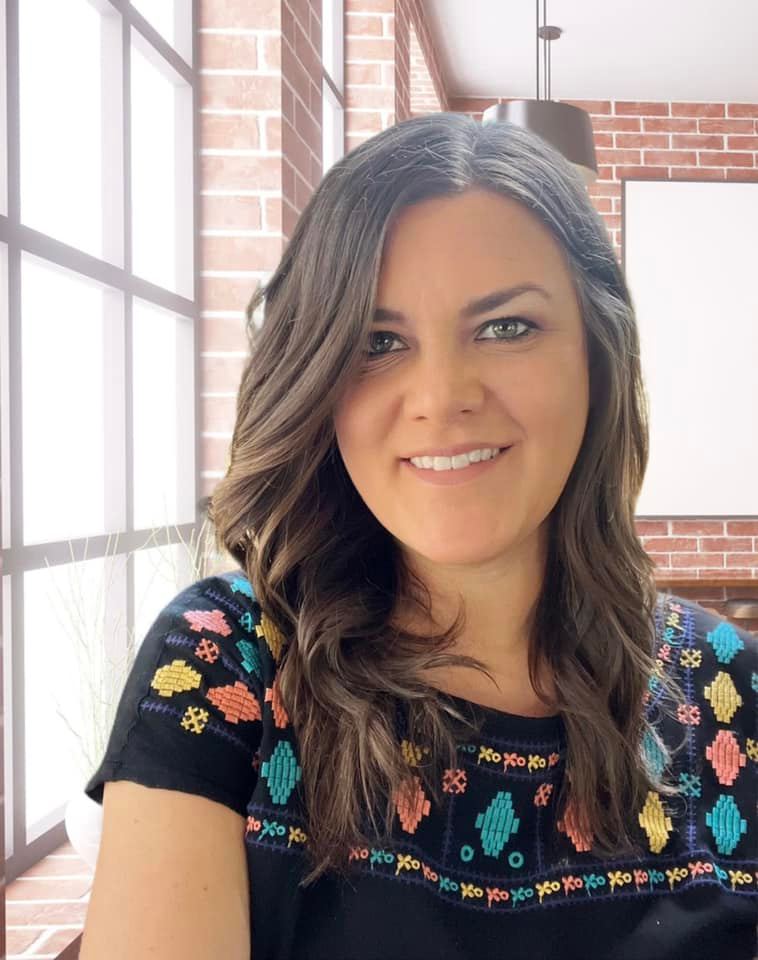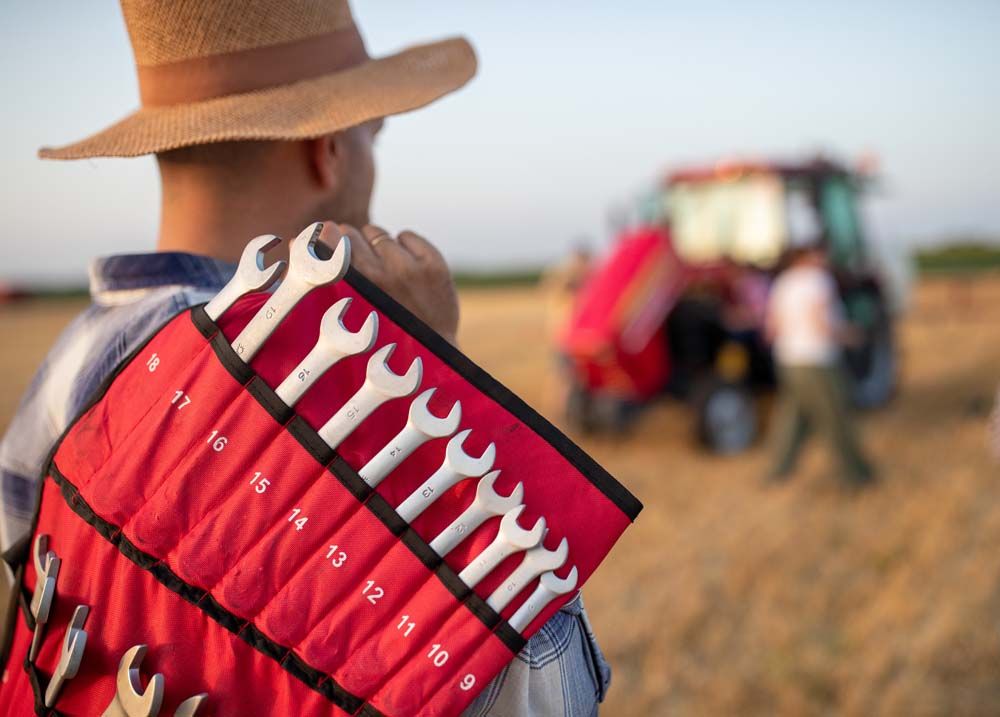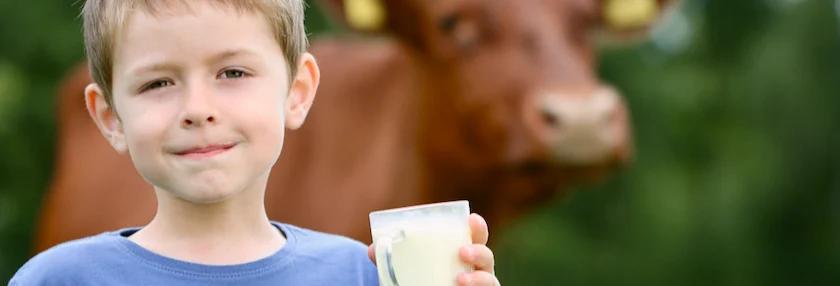Movie Review 'The Biggest Little Farm'
The Challenges of Farming with Nature in Mind


There are many films and tv shows out there dealing with agriculture, some better than others. One movie that I finally got to watch is 'The Biggest Little Farm', which has been on my list to watch for quite some time.
The trailer for 2018 movie looks beautiful: a dream all to common from urban dwellers seeking a more relaxed, subdued, romantic country lifestyle. But is the country life all the main characters John and Molly envisioned?
City people going 'country'
In 2010, videographer and blogger/private chef couple Molly and John Chester share their background of living in a small apartment in Santa Monica, focusing on the idea of how healthy food comes from healthy farming methods. Their cartoon sketch of country life shows an orchard, gardens, animals-all in perfect harmony with nature.
Chaos ensues in the opening scene, as the storms and wildfires roll in and the farmers do all in their power to prepare for it and protect their animals. They then take us back to the beginning ... people told them that farming their 200 acres in harmony with nature was a crazy idea!
The farm started with a promise to a dog! John filmed an animal hoarder with more than 200 dogs in her home about to be confiscated (sadly, mostly euthanized) by the county; they fell in love with a dog named Todd. Todd barked nonstop, getting them evicted from their apartment, prompting them to chase their farming dreams.
After reading books and interviewing farmers, coming up with a business plan, and finding investors, their dreams were coming to fruition.
The couple laid their stake on 200 acres of abandoned farmland in Moorpark, about an hour north of Los Angeles. (And here's what drives me crazy about most agricultural based movies.) They go on to negatively rail against "monoculture" larger scale farms in the area, judging them before ever taking a tour with an open mind.
My take: Just because a farm is larger and "monoculture" doesn't make it a bad thing! We need all types of farms and everything has its pros and cons. One percent of the population are farmers, responsible forfeeding the 100%. Let's show son1e respect to larger scale farms, who take on a ton of risk to affordably feed the masses in a uniform and clean way, required by major grocers and retailers.
Molly and John enlist the help of Allen York, who helps them rip, burn, dig, restore, stock, herd, train, plant, compost, and build to make their ecosystem farming dream a reality. They even planted 75 varieties of fruit trees! They recruited workers and help to build it all from scratch, creating heartwarming success stories along the way with a goal of creating the highest level of biodiversity possible. Cool!
My question: With all the work they did, how much did it all cost? It all looked very expensive, but hey, that's farming for ya!
Farmer labors
Helpful friend Allen shares with them that by farming over 200 things, this will somehow lead to simplicity over time. Plants, livestock, everything working together in nature, bringing the soil back to life.
The opportunity: Cover crops are food for livestock. Their manure creates regenerative benefits for the land. There is no arguing the scientific validity to this, so bravo for them in sharing this story! I also feel that this part of the film was also done exceptionally well in terms of showcasing the nature and everything else around it coming back to life - a very heartwarming story indeed. It's a "simple" way of farming, but doesn't co1ne without challenges.
Real life plot-twists
A major plot twist occurs when sadly, Allen finds out he has cancer. Then the pig gets sick, coyotes eat their flocks, birds and gophers and insects destroy a majority of their fruits, and we see the heartbreak of having to put down a newborn lamb. The sad realities and ups and downs of life
on the farm and real and consistent.
By year three, the film showcases bees and fruit tree successes, honing in on their paradise. The film then pivots with every step forward they take, they fall two steps behind.
I have to give credit here to the content; the harsh realities that farming in nature isn't always as easy or romantic as it seems. Snails are thriving in their cover crops and decimating their trees. Pest pressure is running high, death is inevitable, maggots take over, drought is hitting hard, they lose their mentor, algae blooms happen in their water, harsh storms hit, water dries up, flooding occurs, the list just goes on and on. Overwhelming sadness sets in.
The good news? They let their ducks loose in the orchard promptly devouring 90,000 snails and fertilizing along the way. Chickens eat the weevils and maggots which cut down on the fly population. Their cover crops and soil health conditions prevent erosion. They eventually train their dogs to protect the chickens, thus forcing the coyotes to hunt more gophers. Observation and creativity become their greatest ally to agricultural problem-solving but the problems seem to never end.
In the end
My overall review of this film is that it was very well done, particularly with the cast and cinematography. Some of the shots caught on camera were incredible and beautifully done! Despite my complaints, in the overall scheme of things. I am a fan.
The couple's Apricot Lane Acres sold over 500,000 pounds of food that last year-it's impressive to see a farm do a magnificent job of turning it around and showing the ups and downs of farming "with nature".
Tags:The Farm Babe

Acreage Life is part of the Catalyst Communications Network publication family.












